Home>Furniture & Design>Interior Design Trends>What Is A Glass Cutter


Interior Design Trends
What Is A Glass Cutter
Modified: February 18, 2024
Discover the latest interior design trends with our guide on what is a glass cutter. Learn how to incorporate this versatile tool into your home decor projects. Unlock your creativity today!
(Many of the links in this article redirect to a specific reviewed product. Your purchase of these products through affiliate links helps to generate commission for Storables.com, at no extra cost. Learn more)
Introduction
Glass cutting is a fundamental skill in various industries, including construction, art, and interior design. Whether you are a professional artisan or a DIY enthusiast, understanding the art of glass cutting is essential for creating stunning glass pieces and installations. A glass cutter is a versatile tool that allows individuals to precisely score and cut glass, enabling the creation of custom-sized glass panels, decorative mirrors, and intricate stained glass designs.
The process of glass cutting involves scoring the surface of the glass to create a controlled fracture, resulting in a clean and precise cut. This technique requires a steady hand, patience, and the right tools to achieve professional results. With the right knowledge and practice, anyone can master the art of glass cutting and unleash their creativity in various projects.
In this comprehensive guide, we will explore the intricacies of glass cutting, including the different types of glass cutters, techniques for using them effectively, and essential safety precautions to ensure a seamless and risk-free cutting experience. Whether you are a beginner looking to embark on your first glass cutting project or an experienced artisan seeking to refine your skills, this guide will equip you with the knowledge and confidence to tackle glass cutting with precision and finesse.
From understanding the anatomy of a glass cutter to mastering the art of scoring and breaking glass, this guide will provide valuable insights and practical tips to elevate your glass cutting proficiency. By the end of this journey, you will have a deeper appreciation for the art of glass cutting and the transformative potential it holds for your creative endeavors. Let's embark on this enlightening exploration of glass cutting and unlock the boundless possibilities it offers.
Key Takeaways:
- Glass cutting is a fascinating blend of precision and creativity, allowing artisans to transform raw glass into custom pieces. Safety, patience, and quality tools are essential for mastering this art.
- Choosing the right glass cutter and practicing controlled movements are crucial for achieving clean and accurate cuts. Embracing patience and persistence is key to refining glass cutting skills.
Read more: How To Use A Glass Cutter
Definition of a Glass Cutter
A glass cutter is a specialized hand tool designed for scoring and cutting glass with precision and control. It consists of a small, hardened steel wheel or cutting head attached to a handle, allowing users to create a shallow, controlled scratch or score on the surface of the glass. This initial score serves as a guide for the controlled fracture that occurs when the glass is bent or tapped, resulting in a clean and accurate cut.
The design of a glass cutter is optimized for applying consistent pressure along the surface of the glass, ensuring a uniform and well-defined score line. The cutting wheel, typically made of durable tungsten carbide, is engineered to maintain sharpness and resilience, enabling it to effectively penetrate the surface of the glass without causing excessive damage or chipping.
Glass cutters come in various shapes and sizes, catering to different cutting preferences and project requirements. Some models feature a pistol grip handle, providing a comfortable and ergonomic grip for extended use, while others may incorporate oil-filled reservoirs to lubricate the cutting wheel, reducing friction and enhancing cutting precision.
In addition to the cutting wheel, a glass cutter may also include a notched metal or plastic base, known as a "foot," which serves as a guide to ensure the straightness and accuracy of the score line. This feature is particularly beneficial for creating straight cuts and precise angles in glass panels and sheets.
The versatility of glass cutters extends beyond standard flat glass, as specialized models are available for cutting curved or irregularly shaped glass, catering to the diverse needs of artisans and craftsmen. Whether it's creating custom-sized window panes, crafting decorative glass art, or repairing broken glassware, a glass cutter is an indispensable tool for achieving clean, professional-grade cuts with minimal effort.
In essence, a glass cutter embodies the fusion of precision engineering and craftsmanship, empowering individuals to transform raw glass into tailored pieces that align with their creative vision. Its role as a fundamental instrument in the realm of glasswork underscores its significance as a catalyst for innovation and artistic expression.
Types of Glass Cutters
Glass cutters are available in a diverse range of designs, each tailored to specific cutting techniques and project requirements. Understanding the distinct characteristics and functionalities of different glass cutter types is essential for selecting the most suitable tool for a particular glass cutting endeavor. Here are the primary types of glass cutters commonly utilized by artisans and craftsmen:
-
Standard Glass Cutter: This traditional glass cutter features a straight cutting head with a hardened steel wheel. It is ideal for creating straight cuts on standard flat glass, making it a versatile choice for various glass cutting applications. The standard glass cutter is a fundamental tool in the arsenal of glass artisans and DIY enthusiasts, offering reliability and precision for basic cutting tasks.
-
Oil-Fed Glass Cutter: Oil-fed glass cutters are equipped with a reservoir that dispenses cutting oil onto the glass surface as the wheel scores the material. The lubricating oil minimizes friction, resulting in smoother and more controlled cuts. This type of glass cutter is particularly beneficial when working with thicker glass or when executing intricate designs that demand enhanced cutting precision.
-
Pistol Grip Glass Cutter: Featuring an ergonomic pistol grip handle, this type of glass cutter offers enhanced comfort and control during prolonged cutting sessions. The design of the handle reduces hand fatigue and provides a secure grip, allowing users to maintain stability and accuracy while scoring and cutting glass. The pistol grip glass cutter is favored by professionals and hobbyists alike for its user-friendly design and ergonomic advantages.
-
Diamond Glass Cutter: Diamond glass cutters utilize a small, industrial-grade diamond embedded in the cutting wheel, offering exceptional hardness and durability. This type of cutter is well-suited for cutting exceptionally hard glass materials, such as tempered glass or glass with a high mineral content. The diamond cutter's superior abrasiveness enables it to achieve precise scores on challenging glass surfaces, making it an indispensable tool for specialized glass cutting projects.
-
Circle and Oval Glass Cutters: These specialized glass cutters feature a unique cutting head designed to create circular or oval cuts in glass. They are commonly used for crafting decorative glass pieces, creating custom glassware, or executing artistic designs that require curved or non-linear cuts. Circle and oval glass cutters provide artisans with the flexibility to explore unconventional shapes and patterns in their glasswork, adding a touch of creativity and originality to their creations.
By familiarizing oneself with the distinct characteristics and applications of these glass cutter types, artisans and enthusiasts can make informed decisions when selecting the most suitable tool for their specific glass cutting endeavors. Each type of glass cutter offers unique advantages and capabilities, empowering individuals to unleash their creativity and precision in their glasswork projects.
How to Use a Glass Cutter
Using a glass cutter effectively requires a combination of technique, precision, and patience. Mastering the art of glass cutting involves understanding the fundamental steps and adopting the right approach to achieve clean and accurate cuts. Here's a comprehensive guide on how to use a glass cutter with finesse and confidence:
-
Prepare the Work Area: Begin by setting up a clean and well-lit work surface to ensure optimal visibility and a conducive environment for glass cutting. Clear any debris or obstructions from the area to minimize the risk of accidents and ensure a smooth cutting process.
-
Select the Right Glass Cutter: Choose the appropriate type of glass cutter based on the specific cutting task at hand. Consider factors such as the thickness of the glass, the desired cutting pattern, and the overall complexity of the project. Different glass cutter types offer unique advantages, so selecting the right tool is crucial for achieving the desired results.
-
Score the Glass: Hold the glass cutter firmly and position it at the starting point of the intended cut. Apply moderate pressure as you draw the cutter across the surface of the glass, creating a visible score line. Ensure that the score is continuous and uniform to facilitate a clean break along the intended cutting path.
-
Breaking the Glass: Once the glass is scored, carefully align the scored line with the edge of the work surface or a straight edge. Apply gentle, controlled pressure to the glass, prompting it to break along the scored line. Exercise caution to prevent excessive force, as this may lead to uneven or jagged breaks.
-
Refine the Edges: After breaking the glass, use a suitable method to refine the edges and remove any sharp or uneven sections. This can be achieved using a glass grinder, sandpaper, or other appropriate tools to smoothen the cut edges and ensure a professional finish.
-
Practice and Patience: Glass cutting is a skill that improves with practice and patience. It is essential to approach each cutting task with a steady hand and a focused mindset. Embrace the learning process and allow yourself the opportunity to refine your technique over time.
By following these steps and honing your glass cutting proficiency, you can elevate your craftsmanship and embark on a wide range of glass cutting projects with confidence and precision. Whether you are creating custom glass panels, crafting intricate stained glass designs, or simply honing your glass cutting skills, mastering the art of using a glass cutter is a rewarding journey that unlocks endless creative possibilities.
When using a glass cutter, make sure to apply consistent pressure and score the glass in one smooth motion. Avoid going over the same line multiple times, as this can cause the glass to break unevenly.
Safety Precautions for Using a Glass Cutter
When working with a glass cutter, prioritizing safety is paramount to prevent accidents and ensure a secure cutting experience. Implementing the following safety precautions is crucial for safeguarding oneself and others while using a glass cutter:
-
Protective Gear: Prior to commencing any glass cutting activity, it is essential to wear appropriate protective gear, including safety goggles and gloves. Safety goggles shield the eyes from potential glass shards or splinters, while gloves provide a protective barrier against sharp edges and accidental cuts. Additionally, wearing long sleeves can offer added protection against glass fragments.
-
Stable Work Surface: Ensure that the work surface is stable and secure to prevent accidental slips or movements while cutting glass. A stable workbench or table provides a reliable platform for executing precise cuts and minimizes the risk of the glass shifting unexpectedly during the cutting process.
-
Proper Handling of Glass: Exercise caution when handling glass sheets or panels, as they can be fragile and prone to breakage. Always lift and maneuver glass pieces with care, avoiding sudden movements or excessive force that may lead to accidental breakage or injury.
-
Mindful Positioning: Position the glass cutter and the glass material in a manner that minimizes the risk of injury in the event of a slip or mishap. Keep hands and fingers away from the path of the cutting wheel, and maintain a clear and unobstructed cutting trajectory to ensure safe and controlled cutting motions.
-
Secure Grip: Maintain a firm and secure grip on the glass cutter, ensuring that it is held comfortably and securely during the scoring process. A stable grip reduces the likelihood of the cutter slipping or veering off course, contributing to precise and controlled scoring.
-
Caution During Breaking: Exercise caution when breaking the glass along the scored line. Apply gentle and even pressure to prompt the glass to break, avoiding sudden or excessive force that may result in unpredictable breaks or sharp shards.
-
Clean-Up and Disposal: After completing the cutting process, carefully clean up any glass shards or debris from the work area. Dispose of glass waste in a secure and appropriate manner to prevent accidental injuries from sharp fragments.
By adhering to these safety precautions, individuals can mitigate the inherent risks associated with glass cutting and create a secure and controlled environment for executing precise and professional-grade cuts. Prioritizing safety not only safeguards against potential accidents but also fosters a sense of confidence and assurance when engaging in glass cutting endeavors.
Read more: How To Store Cookie Cutters
Tips for Using a Glass Cutter
Mastering the art of using a glass cutter involves honing both technical skills and practical insights to achieve optimal results. Here are valuable tips to enhance your proficiency and elevate your glass cutting endeavors:
-
Maintain a Consistent Pressure: When scoring the glass with a cutter, strive to apply consistent pressure throughout the cutting motion. This helps create a uniform and well-defined score line, laying the foundation for a clean break.
-
Choose the Right Cutting Wheel: Select a cutting wheel that aligns with the thickness and type of glass you are working with. Different cutting wheels are designed for specific glass materials, ensuring optimal performance and precision.
-
Practice Controlled Movements: Focus on maintaining steady and controlled movements while scoring the glass. Avoid abrupt or jerky motions, as they can compromise the accuracy of the score line and lead to uneven breaks.
-
Utilize Cutting Oil: For challenging or thick glass, consider using an oil-fed glass cutter with a lubricating reservoir. The cutting oil reduces friction, resulting in smoother scores and facilitating cleaner breaks.
-
Optimize Scoring Techniques: Experiment with different scoring techniques, such as adjusting the angle and pressure of the cutter, to determine the most effective approach for achieving precise and consistent scores.
-
Invest in Quality Tools: Prioritize the use of high-quality glass cutters and accessories to ensure reliability and longevity. A well-crafted glass cutter with a sharp cutting wheel enhances cutting accuracy and minimizes the risk of chipping or uneven scores.
-
Practice on Scrap Glass: Before embarking on a significant glass cutting project, practice your cutting technique on scrap glass to familiarize yourself with the nuances of the specific glass material and gain confidence in your cutting abilities.
-
Maintain a Clean Cutting Wheel: Regularly inspect and clean the cutting wheel of your glass cutter to remove any debris or glass particles that may hinder its performance. A clean cutting wheel ensures smooth and precise scoring.
-
Embrace Precision Tools: Consider using additional precision tools, such as a straight edge or cutting guides, to enhance the accuracy of your cuts, especially when creating straight lines or angles in glass.
-
Patience and Persistence: Embrace a patient and persistent mindset as you refine your glass cutting skills. Mastery of this craft takes time and practice, so allow yourself the opportunity to learn and improve with each cutting experience.
By integrating these tips into your glass cutting practice, you can elevate your proficiency and achieve exceptional results in your glasswork projects. The combination of technique, precision, and thoughtful execution is key to unlocking the full potential of a glass cutter and harnessing its transformative capabilities in your creative pursuits.
Conclusion
In conclusion, the art of glass cutting is a captivating fusion of precision, creativity, and craftsmanship. From the versatile standard glass cutter to specialized diamond and circle cutters, the diverse range of glass cutting tools empowers artisans and enthusiasts to explore a myriad of cutting techniques and unleash their creativity in various projects. The process of using a glass cutter involves a delicate balance of technique, patience, and safety precautions, culminating in the creation of clean, precise cuts that breathe life into glass materials.
As individuals delve into the realm of glass cutting, they embark on a journey of skill refinement and artistic expression. The mastery of scoring and breaking glass, coupled with the selection of the right cutting tools, opens doors to a world of possibilities, from crafting custom-sized glass panels for architectural installations to creating intricate stained glass designs that adorn homes and public spaces with elegance and charm.
The significance of safety in glass cutting cannot be overstated, as prioritizing protective gear, stable work surfaces, and mindful handling of glass materials ensures a secure and controlled cutting environment. By embracing safety precautions, artisans and enthusiasts can engage in glass cutting activities with confidence, knowing that they are safeguarding themselves and others from potential risks.
Furthermore, the tips and insights shared in this guide serve as valuable resources for individuals seeking to enhance their glass cutting proficiency. Whether it's maintaining consistent pressure while scoring, experimenting with cutting oils for smoother cuts, or investing in quality tools, these practical recommendations empower individuals to refine their technique and achieve exceptional results in their glass cutting endeavors.
Ultimately, the art of glass cutting transcends the mere act of scoring and breaking glass; it embodies a harmonious blend of technical prowess and artistic vision. As individuals immerse themselves in the world of glass cutting, they unlock the potential to transform raw glass materials into bespoke creations that reflect their ingenuity and passion for craftsmanship.
In essence, the journey of mastering a glass cutter is a testament to the transformative power of creativity and the enduring allure of working with glass. With each precise score and clean break, artisans and enthusiasts breathe life into glass, shaping it into captivating pieces that enrich spaces, evoke emotions, and stand as testaments to the timeless artistry of glass cutting.
Frequently Asked Questions about What Is A Glass Cutter
Was this page helpful?
At Storables.com, we guarantee accurate and reliable information. Our content, validated by Expert Board Contributors, is crafted following stringent Editorial Policies. We're committed to providing you with well-researched, expert-backed insights for all your informational needs.
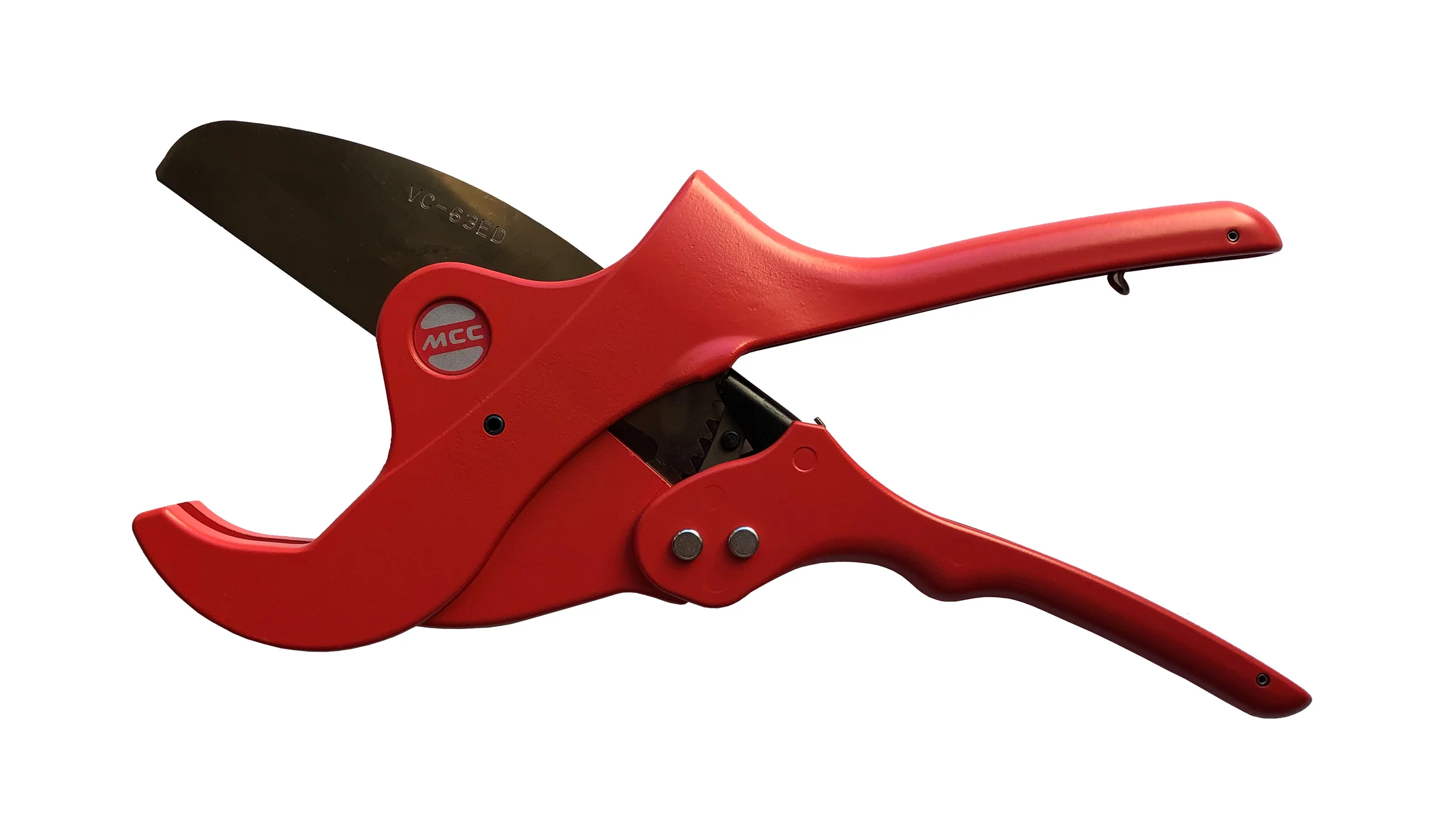
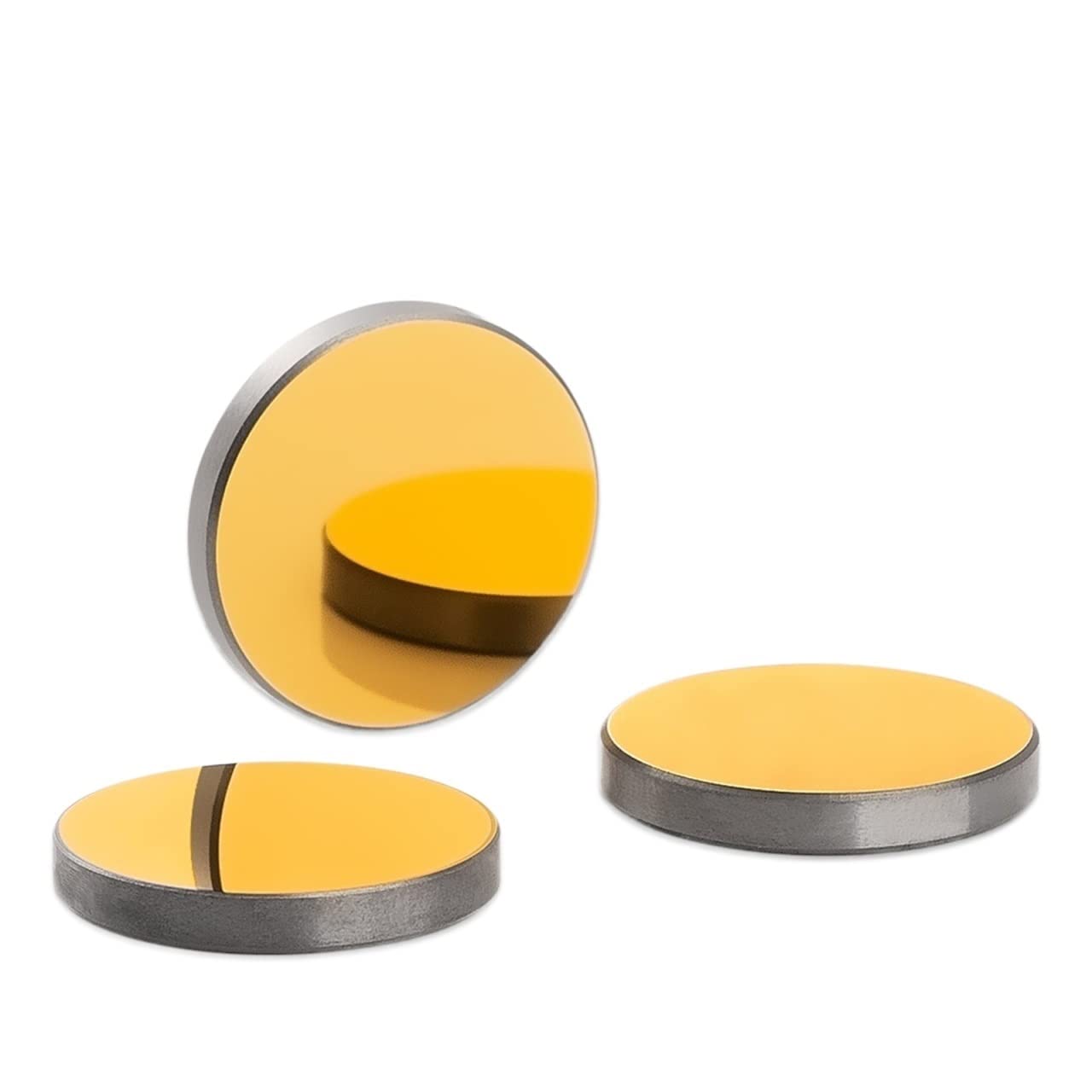
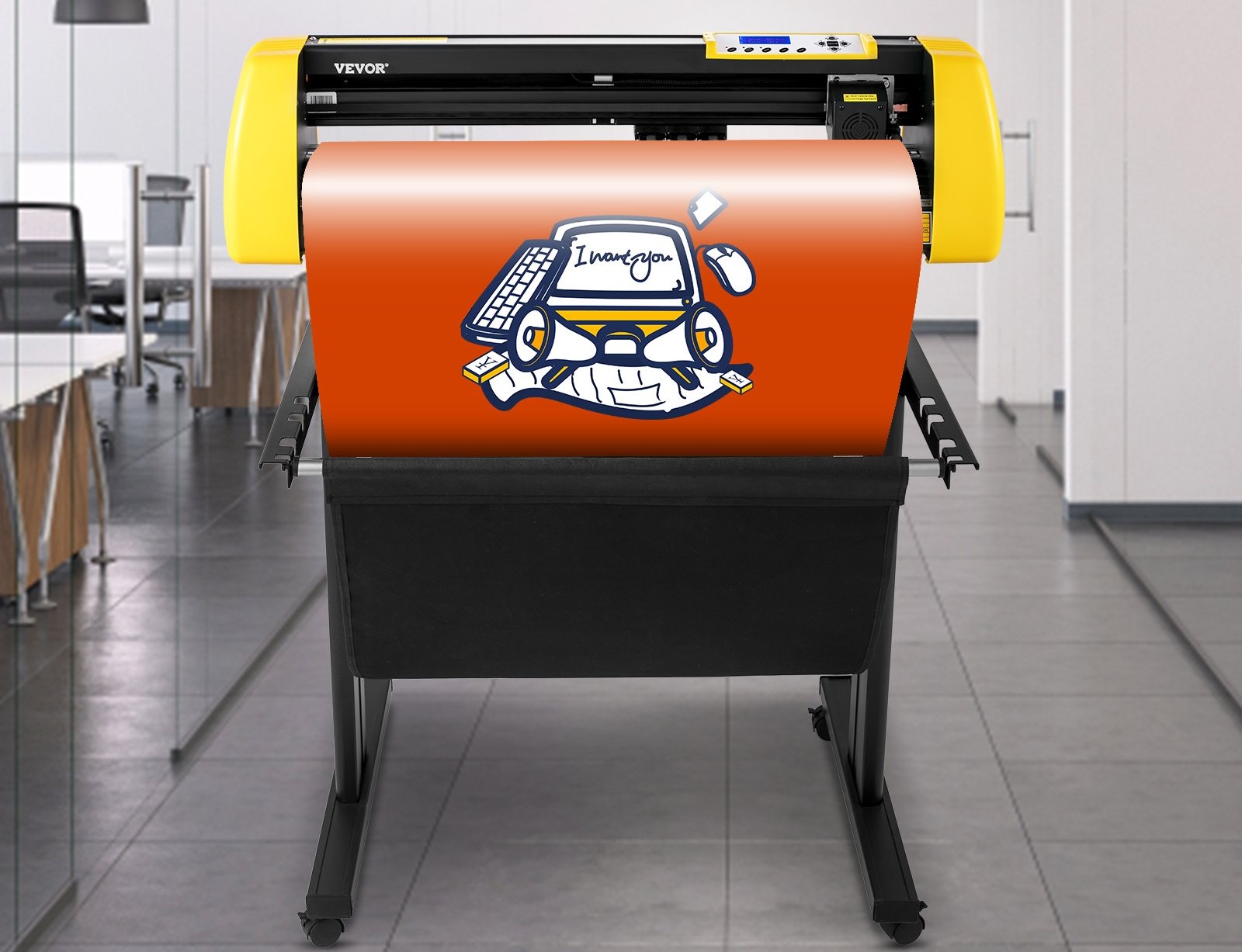

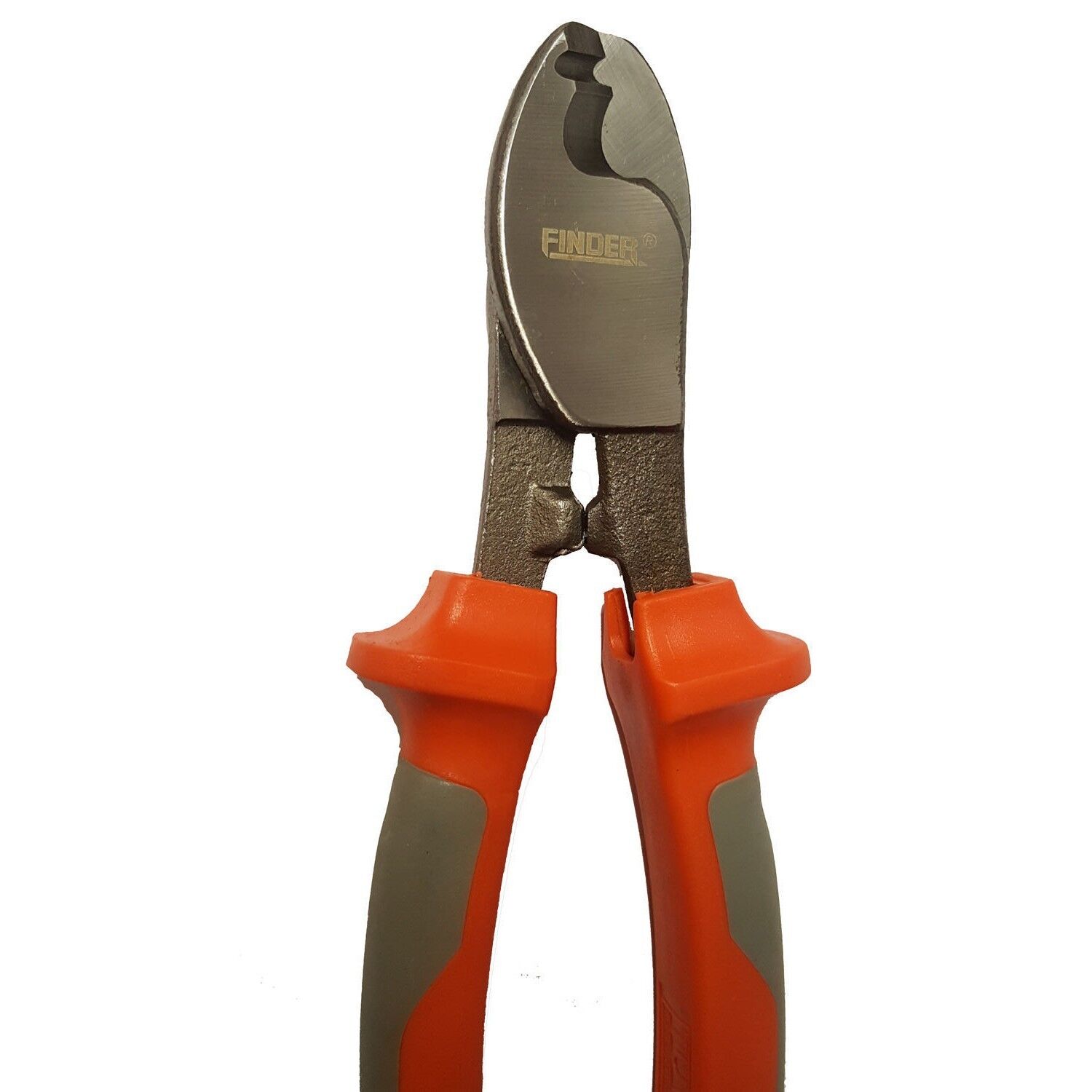
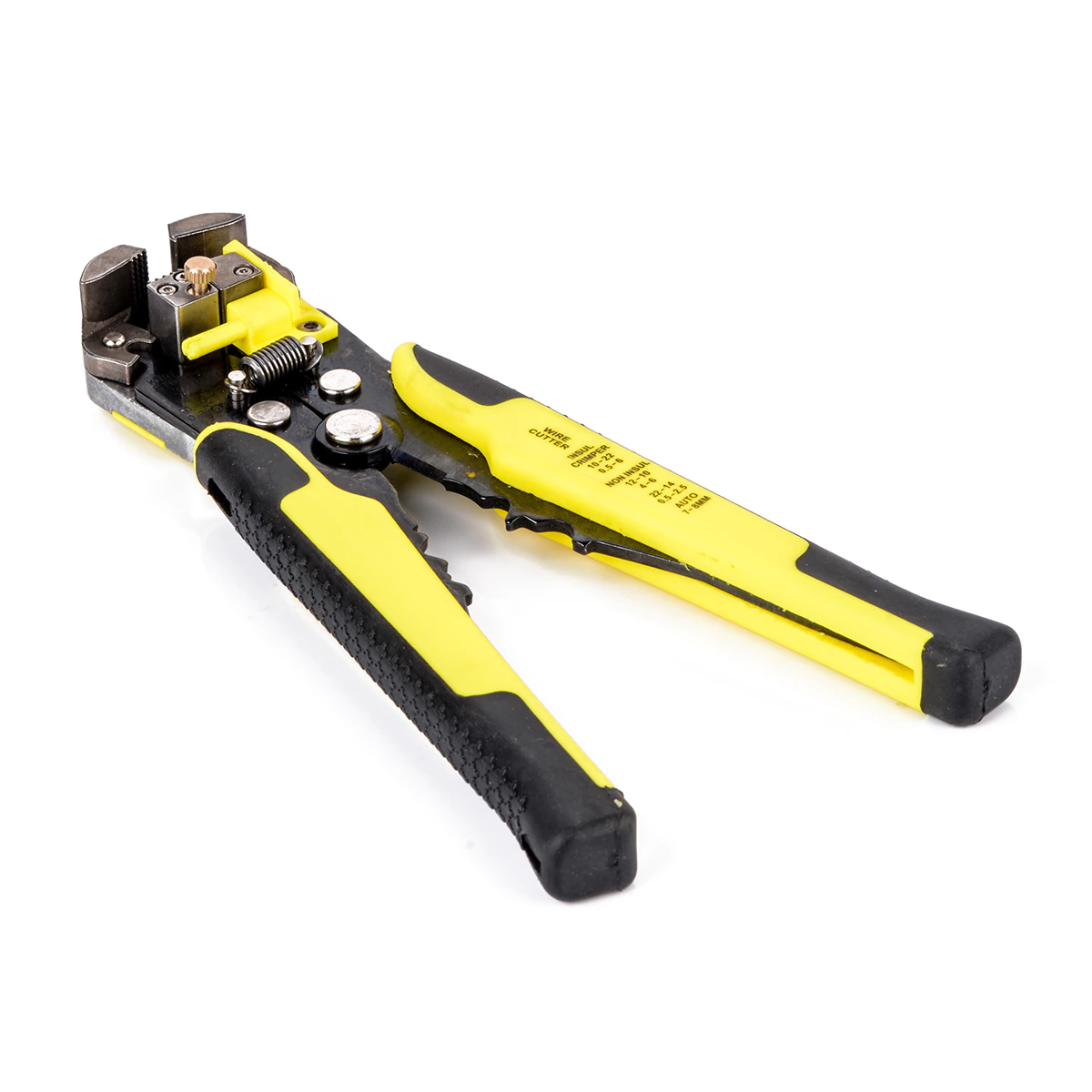
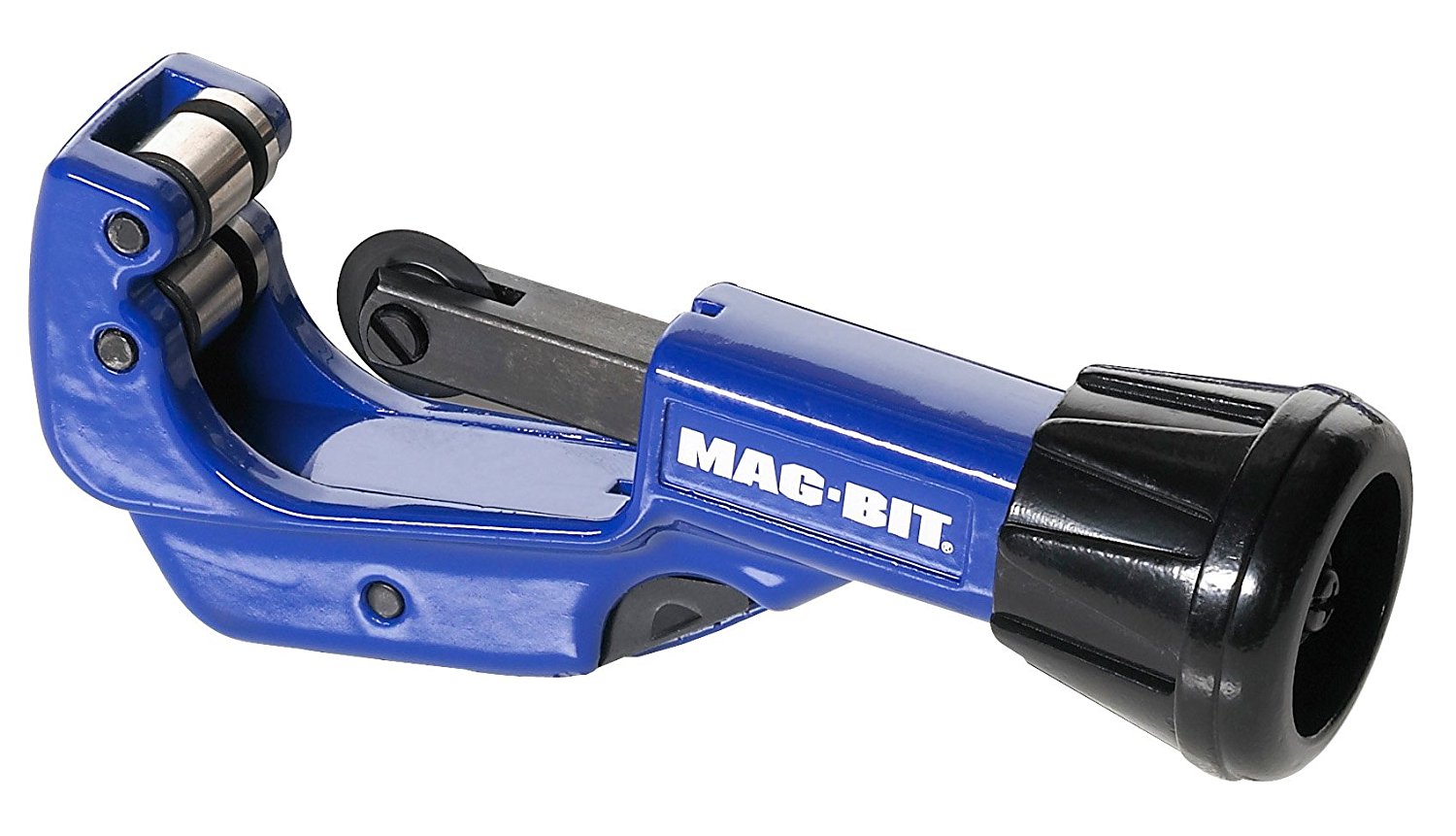
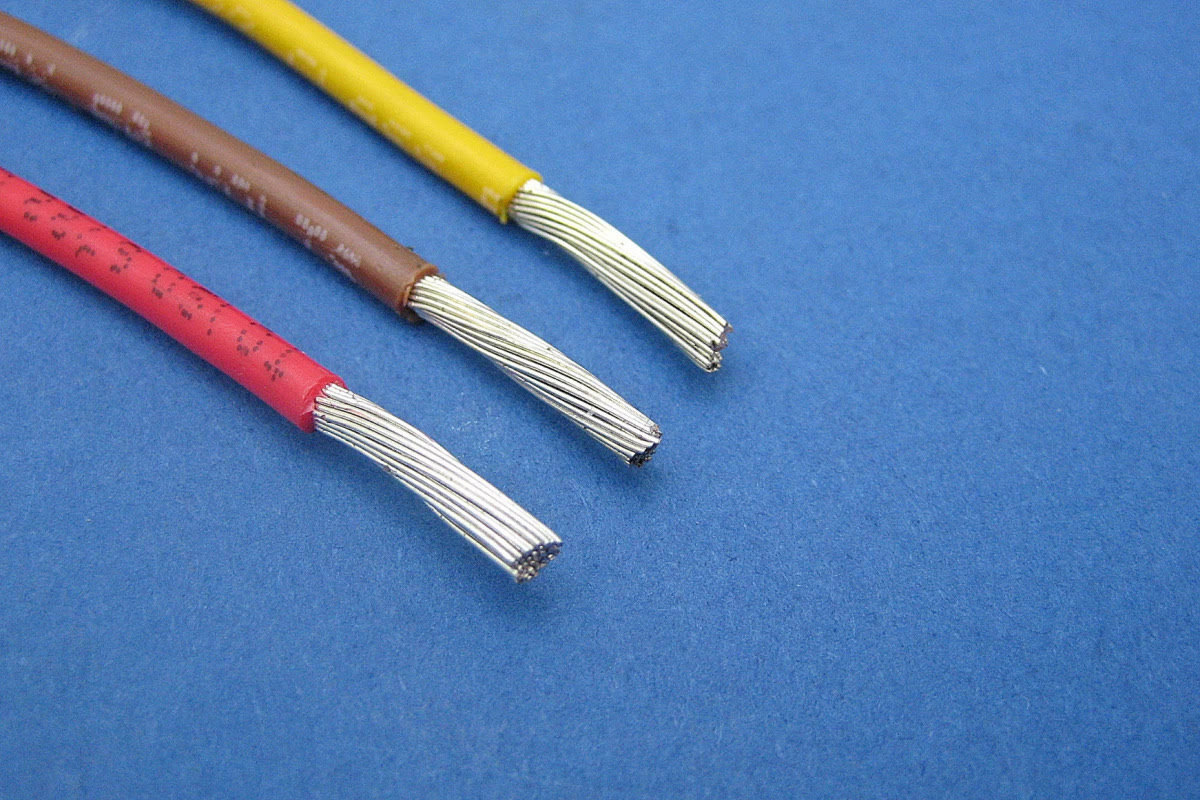

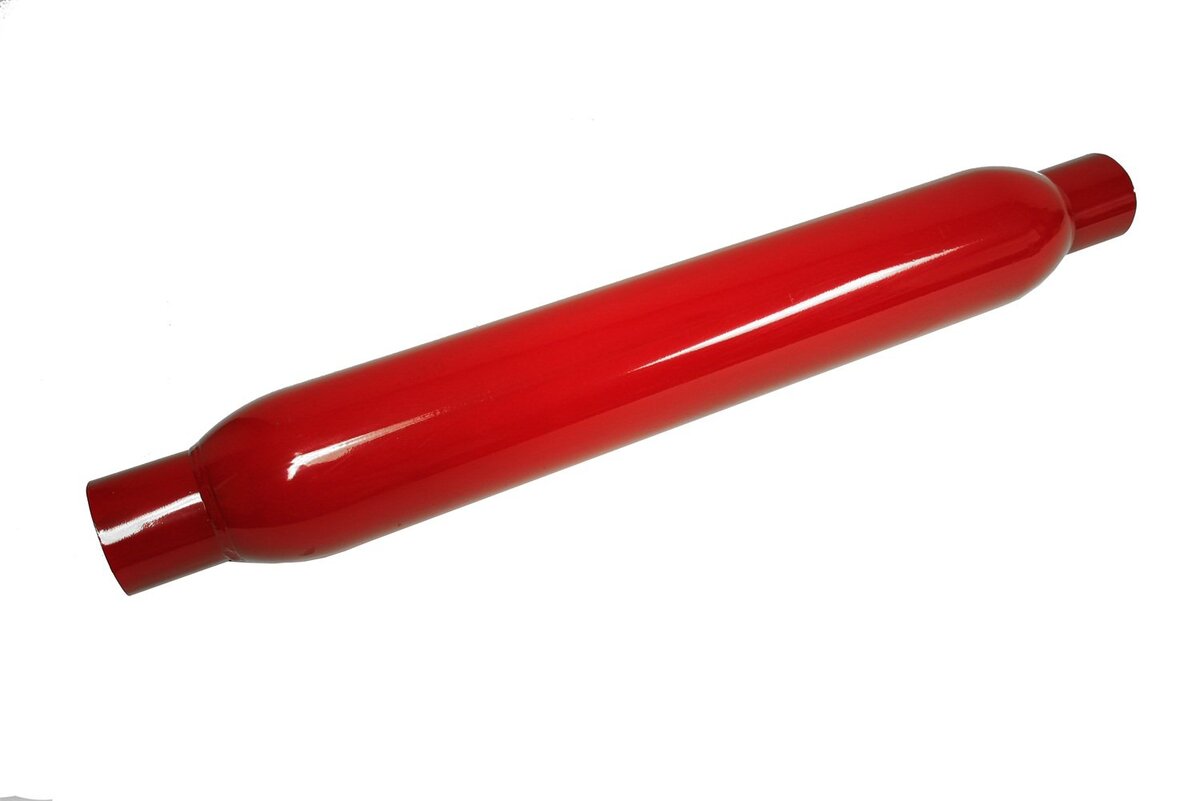


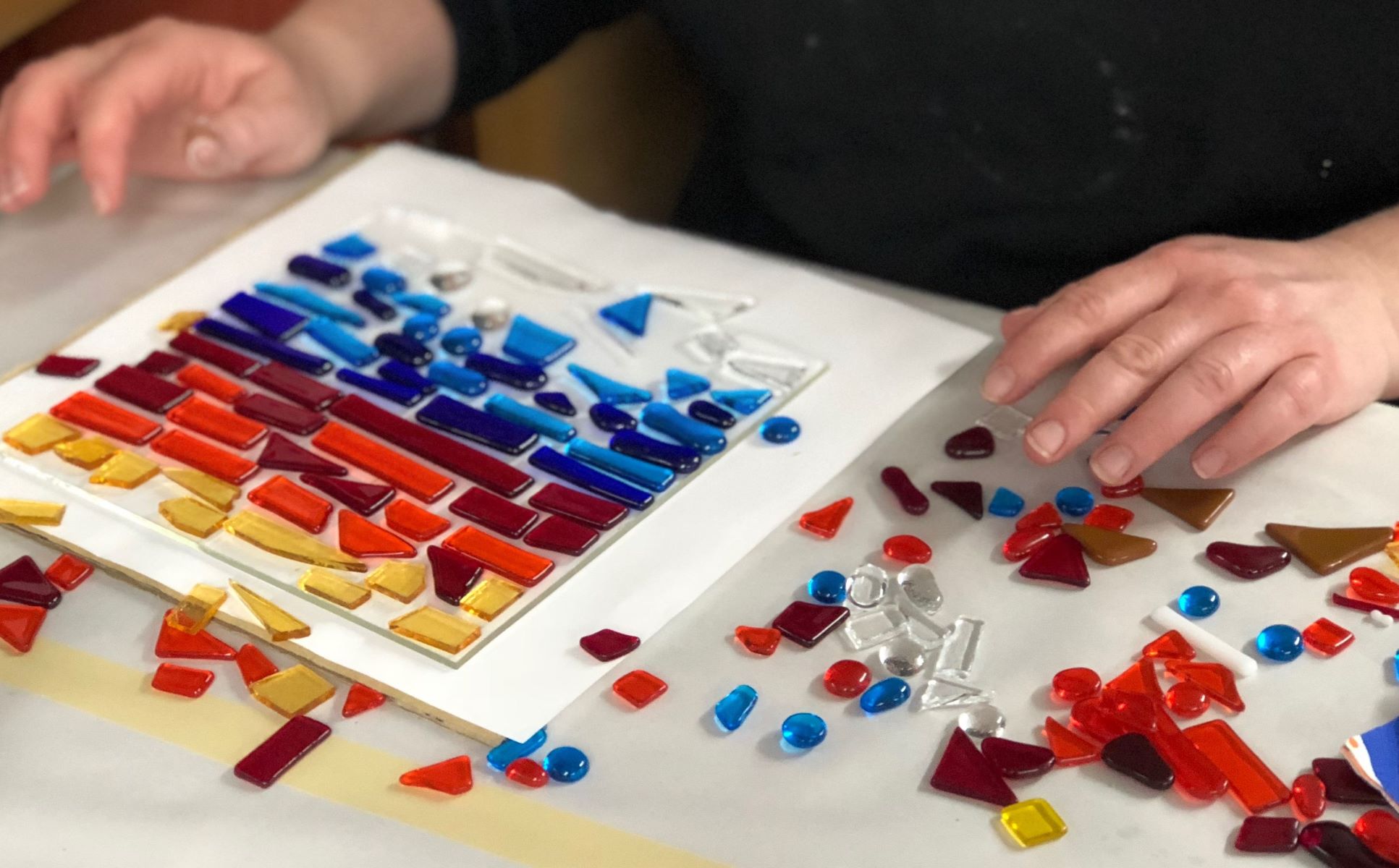


0 thoughts on “What Is A Glass Cutter”